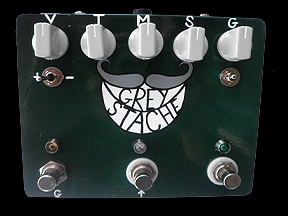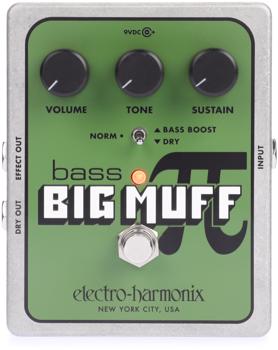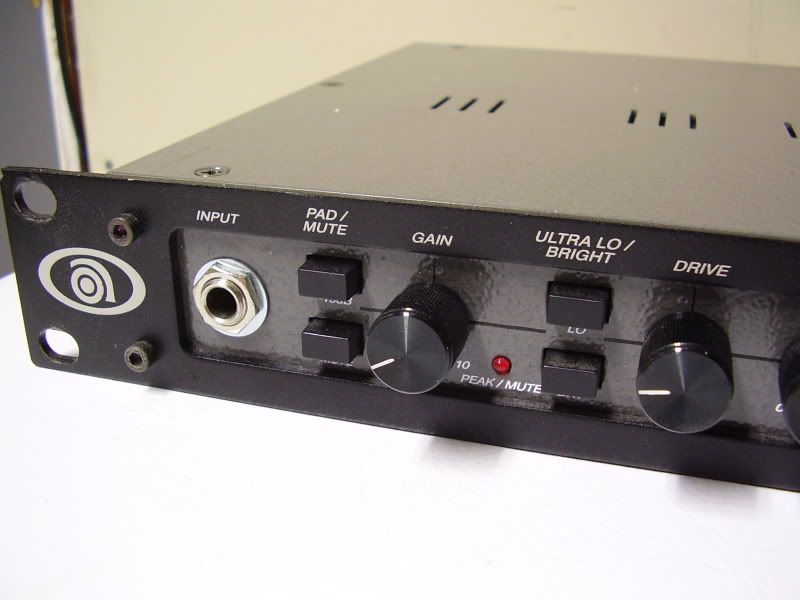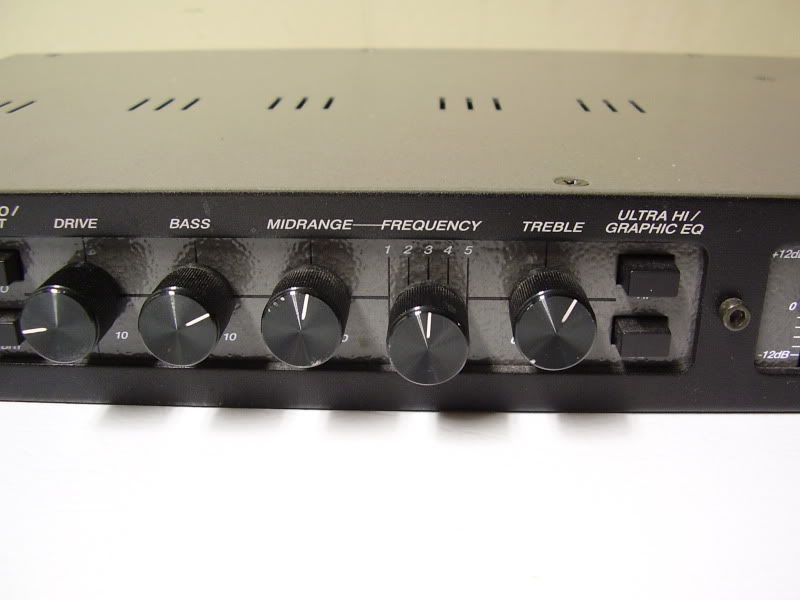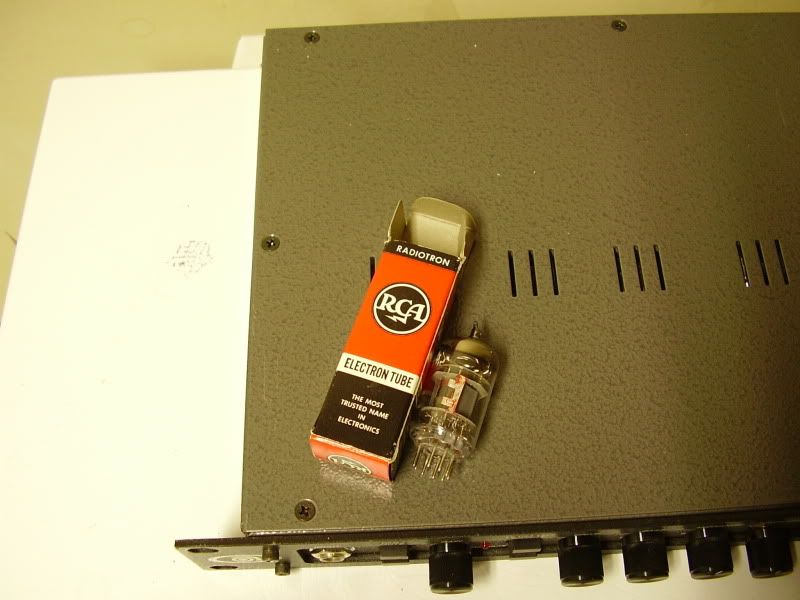Right, so this was an interview that my ladyfriend Margo did for her blog (http://www.margopage.com) for her regular Indie Artist Spotlight column. Here it is:
Fuzzrocious is a fantastic duo of husband and wife team, Ryan and Shannon Ratajski. They are fabulous people who build fabulous bass/guitar pedals. How do I know this? Well, sadly I am not the rock star some may think I could be. I don’t even play a string instrument. I herd about this two through Colin. He is always receiving packages in the mail, mostly bass pedals and gear. I often sit an watch him open these packages because he seems like a child opening birthday presents, it’s very exciting. I watched him open a box the other month and this super cool pedal came out it was hand painted!!!! and had the coolest name! No, surprise it was from fuzzrocious and by the way they sound as good as they look!!!! With out further ado….
1. What is your name, where are you from and what do you do?
Who is your daddy and what does he do?……Ryan and Shannon Ratajski (Ruh-tie-skee) here from Fuzzrocious Pedals! We’re from Mount Laurel, NJ and we build guitar/bass pedals for wild musicians who like to play loud and dirty. I (Ryan) build the pedals and Shannon hand paints each one.
Who is your daddy and what does he do?……Ryan and Shannon Ratajski (Ruh-tie-skee) here from Fuzzrocious Pedals! We’re from Mount Laurel, NJ and we build guitar/bass pedals for wild musicians who like to play loud and dirty. I (Ryan) build the pedals and Shannon hand paints each one.
2. Tell us a little more about yourself?
Fuzzrocious is not our main job, although it would be amazing if we made enough money for it to be…We both work in Early Childhood Education (preschool) full time. Besides work, our time is eaten up by our two monsters. Our lives revolve around our children, work, and pedals. Shannon is in her last semester of Grad School and I am ¼ of the way through my Master’s Degree…We’re a liiiiiittle busy!
I play bass in a band called, “CAVALE”.
Fuzzrocious is not our main job, although it would be amazing if we made enough money for it to be…We both work in Early Childhood Education (preschool) full time. Besides work, our time is eaten up by our two monsters. Our lives revolve around our children, work, and pedals. Shannon is in her last semester of Grad School and I am ¼ of the way through my Master’s Degree…We’re a liiiiiittle busy!
I play bass in a band called, “CAVALE”.
3. How did you acquire your craft/art?
My buddy and old band mate Lukas Judge McCutcheon got me into building guitar pedal kits from General Guitar Gadgets. He had these plain boxes on his pedalboard that did all kinds of wicked stuff. People always told me that I would LOVE a big muff, so I asked me dad to teach me to solder! We sat down and after a few beers and hours, I had my own GGG-tuned BMP clone! From here, what Brian at smallsound/bigsound calls “the black hole” began…I contacted every friend in music I knew and started building them pedals! A year and half later, I started working on stripboard and taking existing designs and adapting/modding them further to do what I wanted them to do to become the beasts that we make today!
My buddy and old band mate Lukas Judge McCutcheon got me into building guitar pedal kits from General Guitar Gadgets. He had these plain boxes on his pedalboard that did all kinds of wicked stuff. People always told me that I would LOVE a big muff, so I asked me dad to teach me to solder! We sat down and after a few beers and hours, I had my own GGG-tuned BMP clone! From here, what Brian at smallsound/bigsound calls “the black hole” began…I contacted every friend in music I knew and started building them pedals! A year and half later, I started working on stripboard and taking existing designs and adapting/modding them further to do what I wanted them to do to become the beasts that we make today!
Shannon’s grandmother painted as a hobby and taught her how to paint as a child. This grew into a passion for her through high school and led her to The University of the Arts to obtain a Bachelor’s Degree in Fine Arts (Painting). She meticulously paints each pedal by hand.
4. What inspires you?
My first foray into effects was a Boss DD-3 delay pedal. I used to scream in a band called, “TWO DAYS…” and I loved how the singers in bands like Deftones and VOD used delay effects on their vocals, so I tried it for a hot minute too.
When I started playing bass, my bandmates (James Gross and Lukas) were my first inspirations in playing pedals for real. Once I learned about pedals, I couldn’t stop listening to music without listening to the effects that were being used…annoying…
Bands like Failure Cave In, Deftones, Botch, Coalesce, Minus The Bear, fordirelifesake, Third Eye Blind, RATM, etc. made me appreciate and fall in love with effects totally, especially the dirtier effects.
My first foray into effects was a Boss DD-3 delay pedal. I used to scream in a band called, “TWO DAYS…” and I loved how the singers in bands like Deftones and VOD used delay effects on their vocals, so I tried it for a hot minute too.
When I started playing bass, my bandmates (James Gross and Lukas) were my first inspirations in playing pedals for real. Once I learned about pedals, I couldn’t stop listening to music without listening to the effects that were being used…annoying…
Bands like Failure Cave In, Deftones, Botch, Coalesce, Minus The Bear, fordirelifesake, Third Eye Blind, RATM, etc. made me appreciate and fall in love with effects totally, especially the dirtier effects.
5. What is your creative process?
I don’t want to put this in writing haha.
I don’t want to put this in writing haha.
6. What do you find to be the secret to your success?
On a personal level, Shan and I find it gratifying to have people love something that we had a hand in making just for them. We have some pretty amazing customers that I chat with on the regular who make building pedals worth doing!
When we get to work with dudes in bigger bands, it’s a dream. I love music, period. Being able to build real friendships with dudes I respect from bands is worth every hour I spend breathing in harmful soldering fumes. 95% of the band dudes we’ve worked with are down-to-Earth, normal dudes who love pedals. I reach out to dudes who I think will be similar to me and my interests. I’d rather shoot the **** for a few hours with someone I can have a conversation with than some doucher who only cares about free pedals or doesn’t care about hanging out with real people.
Because we are so small, we get to be selective!
Monetarily, I wouldn’t say that we’re a success yet, since we’re not making much money at all from this.
Also, Talkbass' effects community is literally supporting us in total. We don’t have to advertise anywhere else at this point because they keep us so busy. I am eternally grateful for this forum and the people who are on it!
On a personal level, Shan and I find it gratifying to have people love something that we had a hand in making just for them. We have some pretty amazing customers that I chat with on the regular who make building pedals worth doing!
When we get to work with dudes in bigger bands, it’s a dream. I love music, period. Being able to build real friendships with dudes I respect from bands is worth every hour I spend breathing in harmful soldering fumes. 95% of the band dudes we’ve worked with are down-to-Earth, normal dudes who love pedals. I reach out to dudes who I think will be similar to me and my interests. I’d rather shoot the **** for a few hours with someone I can have a conversation with than some doucher who only cares about free pedals or doesn’t care about hanging out with real people.
Because we are so small, we get to be selective!
Monetarily, I wouldn’t say that we’re a success yet, since we’re not making much money at all from this.
Also, Talkbass' effects community is literally supporting us in total. We don’t have to advertise anywhere else at this point because they keep us so busy. I am eternally grateful for this forum and the people who are on it!
7. Where are you now in your creative business and where will you be in the future?
Our customers always want to pay us up front. The reason that we don’t take money until production starts on a pedal is that we don’t know what the future holds! Health, school, family, etc. could cause the end of Fuzzrocious in a heartbeat. We are pluggin’ along right now. I’d like to be moving faster with production, but our day-to-day just doesn’t allow that.
In the near future, I’d like to move faster with production. At this time, I can only see Shan and I doing this as a two person team.
Our customers always want to pay us up front. The reason that we don’t take money until production starts on a pedal is that we don’t know what the future holds! Health, school, family, etc. could cause the end of Fuzzrocious in a heartbeat. We are pluggin’ along right now. I’d like to be moving faster with production, but our day-to-day just doesn’t allow that.
In the near future, I’d like to move faster with production. At this time, I can only see Shan and I doing this as a two person team.
8. Any words of wisdom to share with fellow artist/crafters?
Check your email, respond to messages within 24 hours, give people concise answers, and be honest.
Check your email, respond to messages within 24 hours, give people concise answers, and be honest.
9. What is your most favorite handmade item you have had to part with?
Nothing yet! I don’t make any hardcore attachments to our pedals like that. If I want something, I can just build another!
Nothing yet! I don’t make any hardcore attachments to our pedals like that. If I want something, I can just build another!
10. Why do you love doing what you do (what fuels the fire)?
I like making things that make lots of noise. More than that, I like having people like what we make. Being able to have people go ape**** over a pedal that you made for them is totally gratifying.
I like making things that make lots of noise. More than that, I like having people like what we make. Being able to have people go ape**** over a pedal that you made for them is totally gratifying.
11. Shameless advertising, go for it babe? We want all your info!
http://www.fuzzrociouspedals.com
http://cavale.bandcamp.com
http://www.fuzzrociouspedals.com
http://cavale.bandcamp.com

